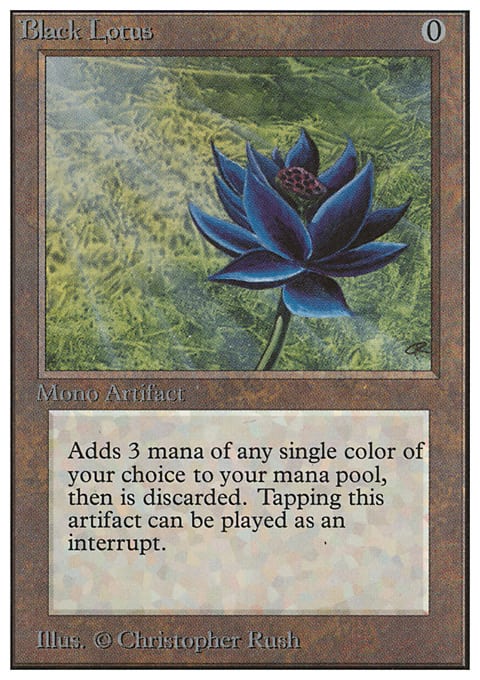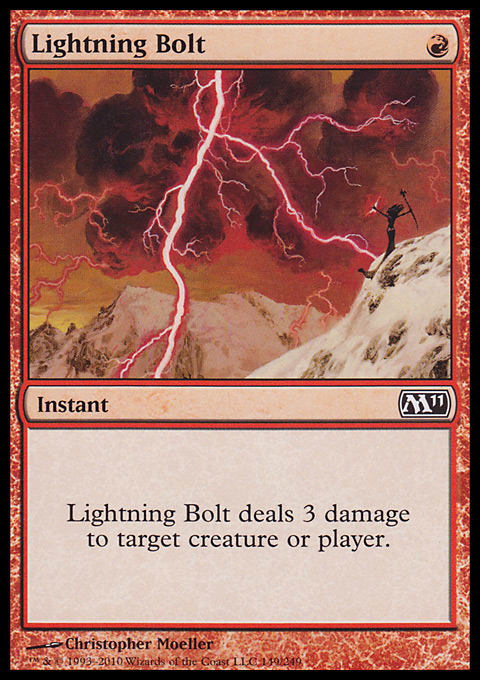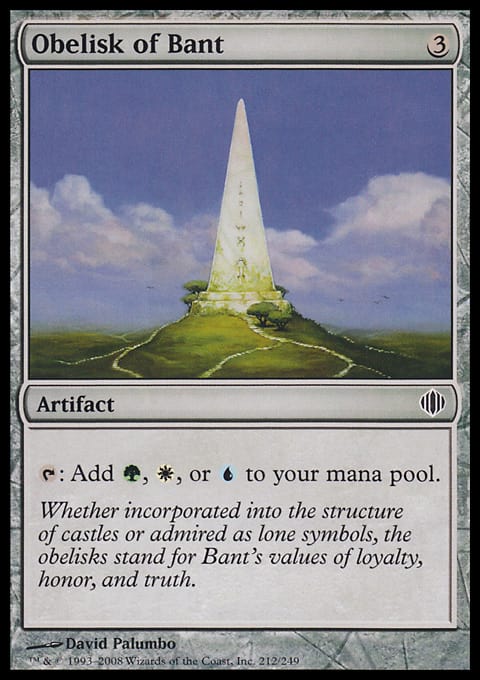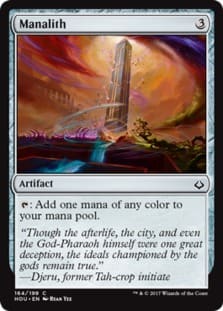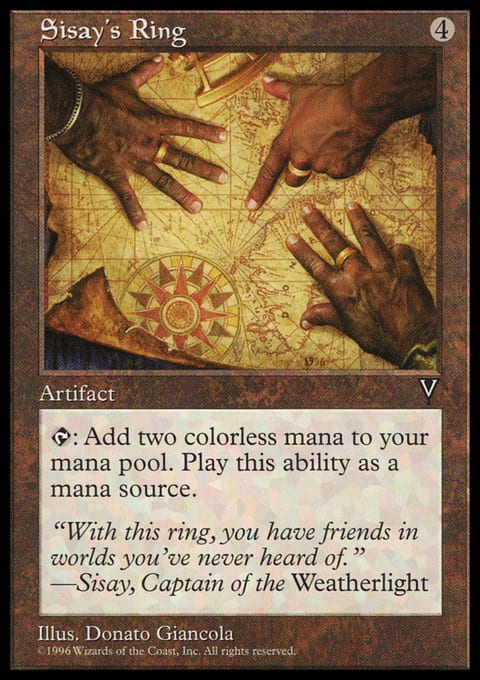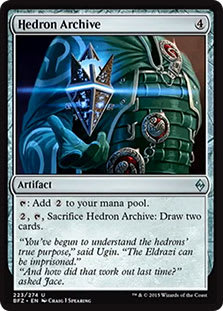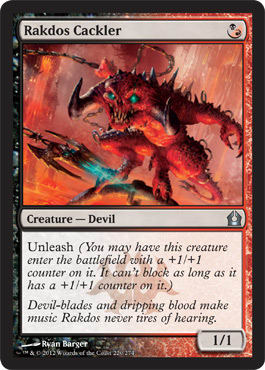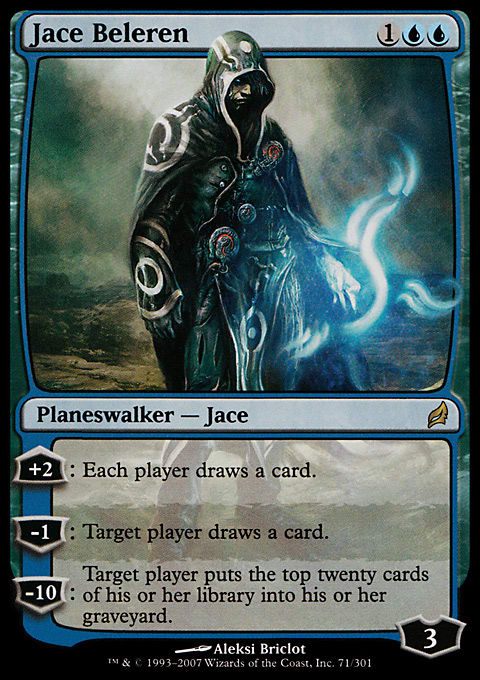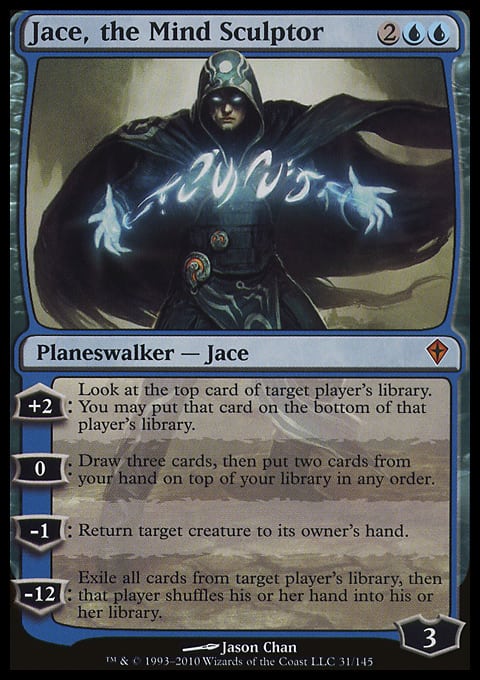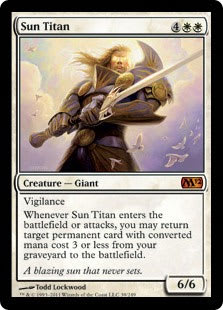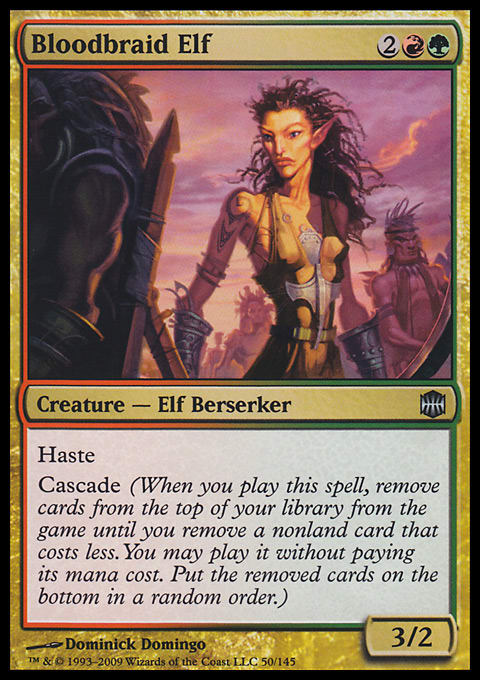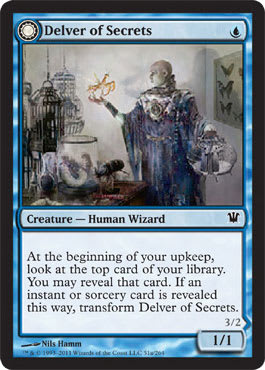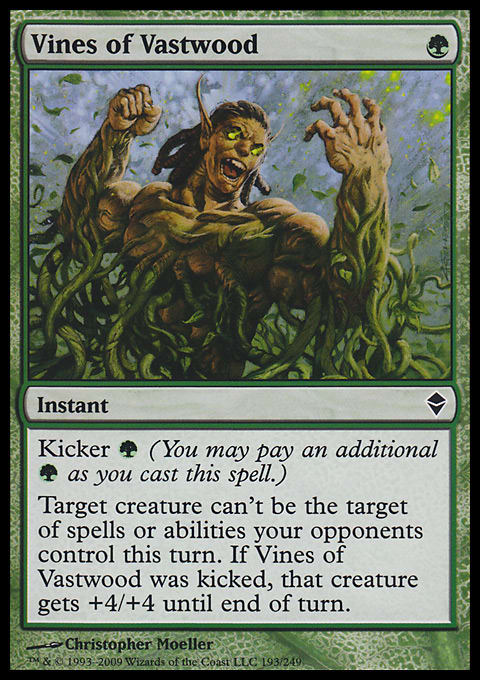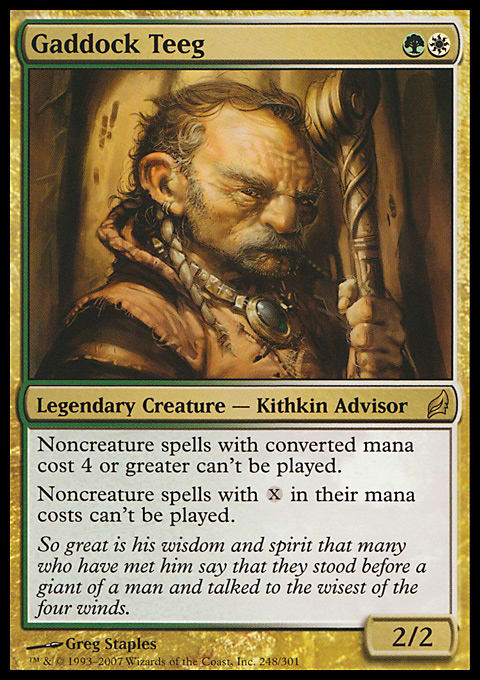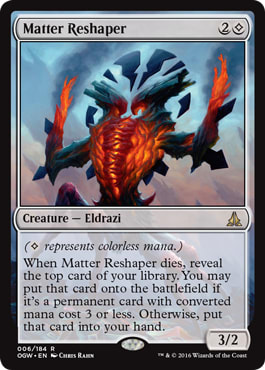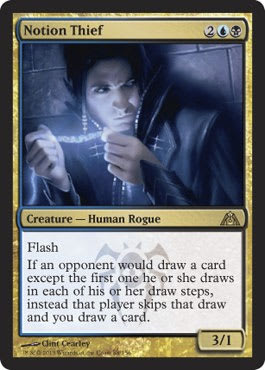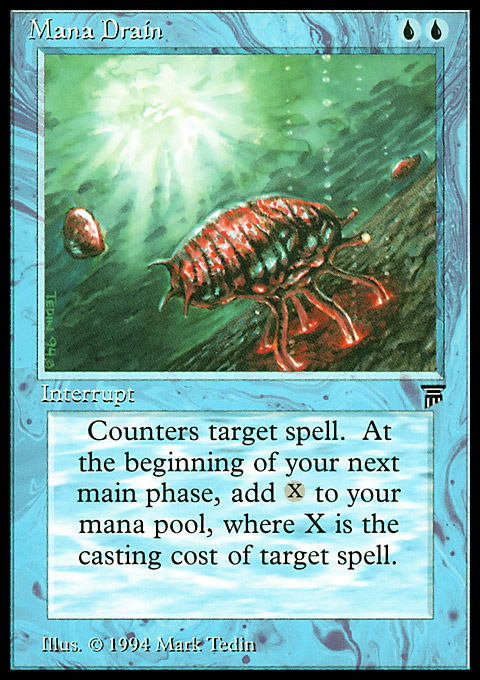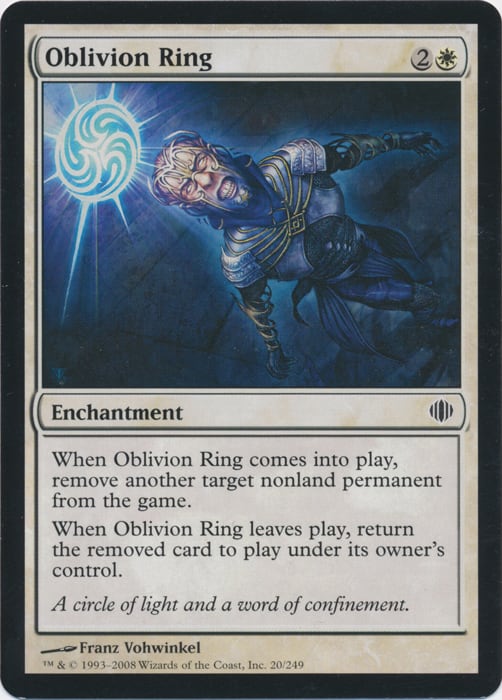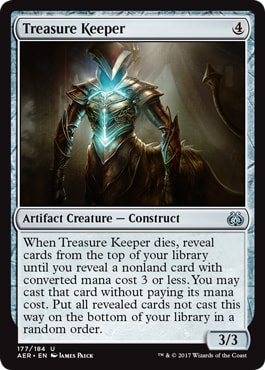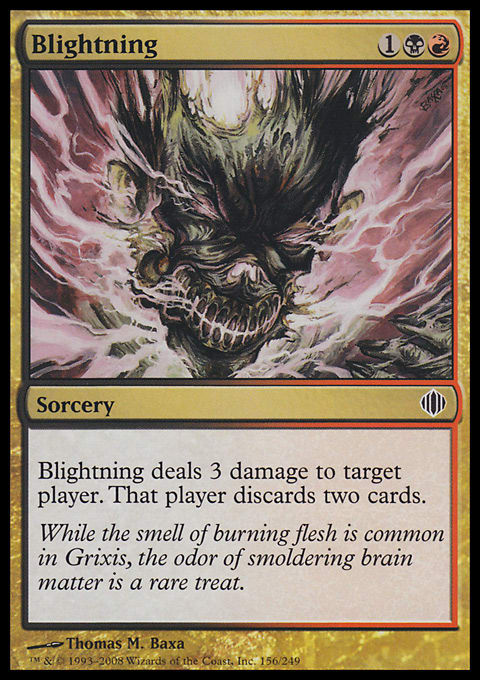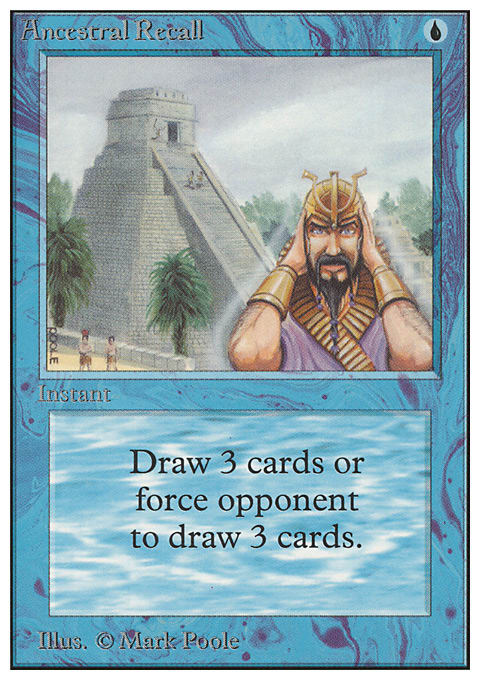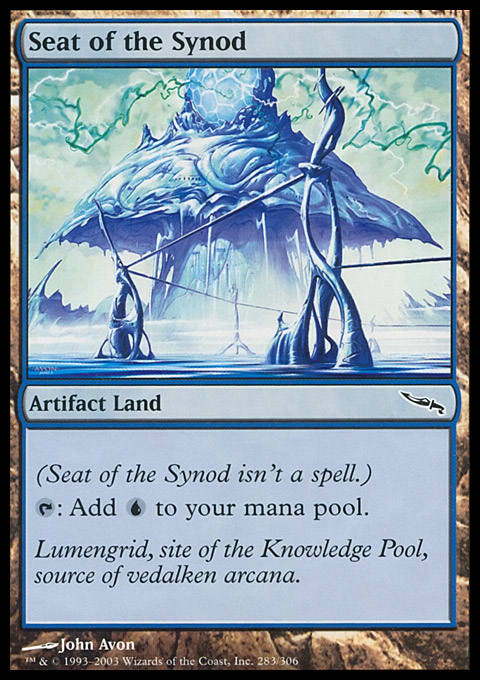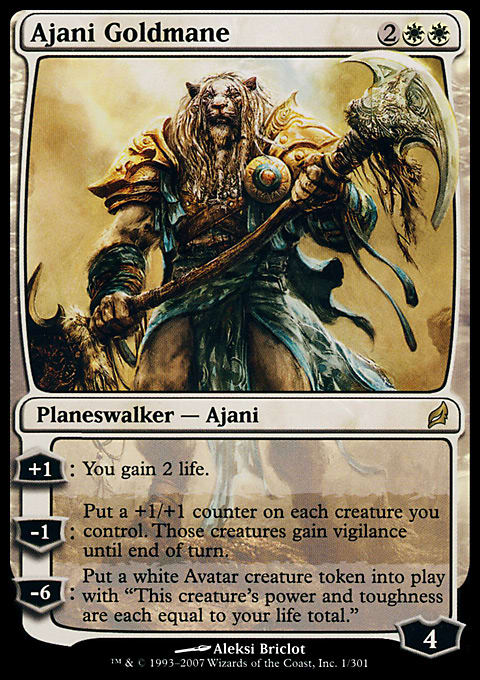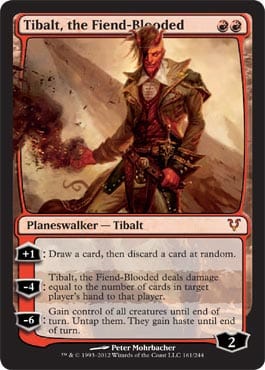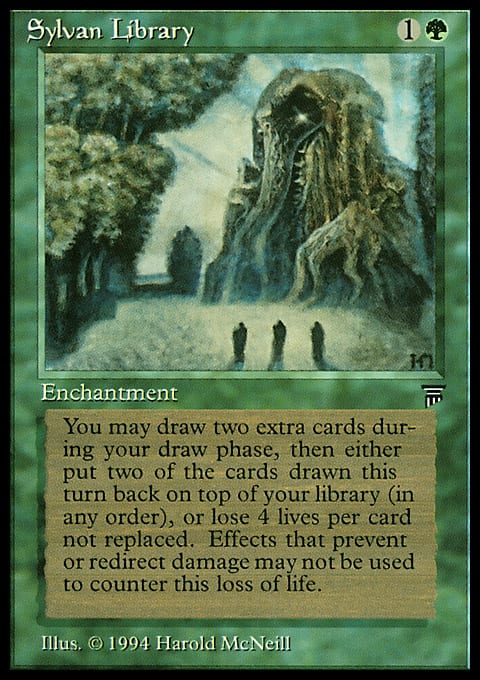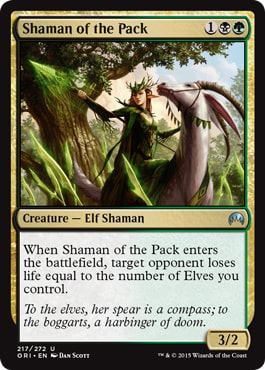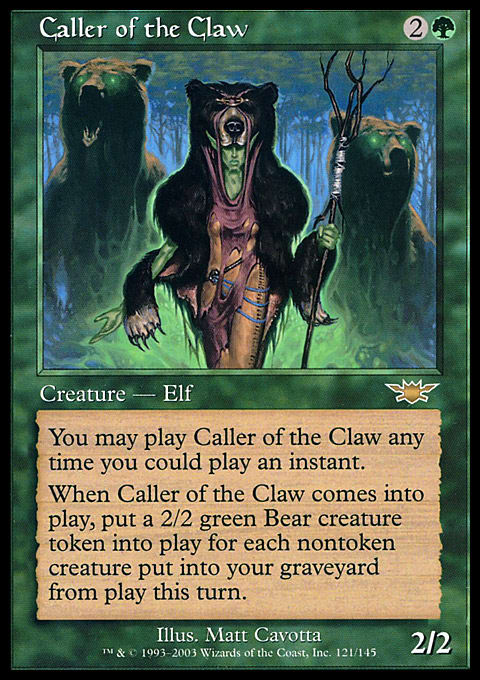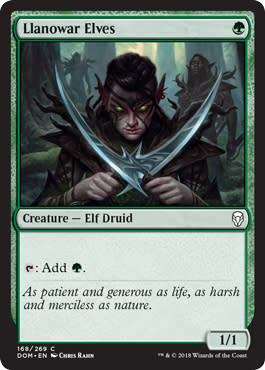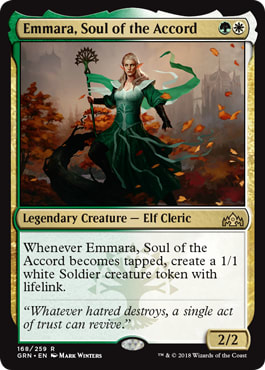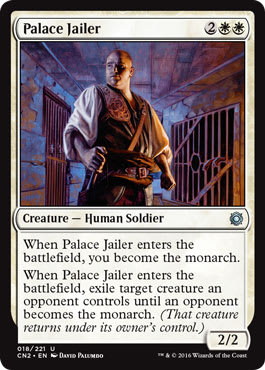That's right. I said it.
And you're going to agree with me by the time you finish reading. Or you're going to be wrong.
Prologue
Recently, I've looked somewhat in-depth at the danger of insularity in Magic systems (dubbed "bubble creep"). Today I'm going to examine a more traditionally feared "creep" in the form of power creep, and then I'm going to explain why pretty much everyone is incorrect about it.
What is Power Creep?
From my piece Lies Magic Players Tell:
Put more simply in last week's A Quick Reference Guide to Magic's Quiet Killer:
Longtime Magic Lead Designer Mark Rosewater is the most associated voice with the spread of knowledge regarding power creep. A few quotes from Mark on the subject:
Additionally, Sam Stoddard wrote a piece on the subject that will have lots of thematic overlap with what I talk about here. It is perhaps the best one-stop shop for understanding power creep in principle.
The first quote by Mark is a point made with regard to context, which I'll be expanding on. I find the second quote less useful or credible because most of the contexts we use Magic for regularly obsolete old cards very demonstrably. I don't think that's actually a problem, and if anything, it mitigates complexity creep (though that's a subject for another time).
Let's power on.
What Power Creep Actually Looks Like
Sam Stoddard makes important mention in his article that players think they spot power creep all the time. It happens basically any time a new card is previewed or released that can be directly compared with a similar card of older origins. Let's look at some examples of cards that read very similarly but are plainly different in terms of their general power:
Though these are good cut and dry examples, they're also (mostly) chronologically backward - perhaps we should call this "power seep?" - so let's find some examples that swing the other way:
These are cards that actually demonstrate the phenomenon players think of (and fear) when dealing with power creep. Fair enough.
The issue is that they represent such an overwhelming minority of what players misdiagnose as power creep that we may as well not give the player base any credit at all for spotting the phenomenon accurately.
Why Do Players Fear Power Creep?
Going back to A Quick Reference Guide to Magic's Quiet Killer, power creep fear is an example of Fatalism Intuition. To quote the definition nested there, Fatalism Intuition is:
Anecdotally, I once saw a successful player decry dangerous levels of power creep over the design and release of this card:
The issue is that this card...
...was already Standard-legal. This is like saying the Earth isn't getting collectively warmer because it still snows sometimes.
Do not do this. Please.
It's been a large cornerstone of my recent Magic theory work, but it cannot be stressed enough: Our intuitions are not reflective of reality.
So let's talk about the reality of power creep.
What Power Creep Does Not Look Like
We've seen some certified power creep with cards like Sisay's Ring and Hedron Archive, but what are some examples of the much more common, falsely alleged power creep phenomenon?
Let's take it back to the beginning of this article:
This is not power creep.
In fact, if you changed the name and creative concepts of the cards to different characters, it's likely they'd rarely (or never) be compared at all. Though we didn't mention this specific flavor of bad intuition in the last article, let's correct that mistake now and give this player impulse its own branding:
Characterization Intuition - The kneejerk belief that cards with one similar trait have many similar traits and are thus, productive comparisons.
(Aside: Going beyond Magic, this is one of the more nefarious intuitions people have. The collective damage to humankind by the false idea that because a single instance of X equals Y that all Xs equal Y is incalculable. We should all do our best to review ourselves in these instances.)
Context. Context. Context. Context. Context. Context.
So beyond the idea that it's kind of silly to compare cards from a competitive standpoint just because of creative factors ("the Jace character"), they are the same color and card type, so let's indulge.
Since greater amounts of resources generally lead to more favorable outcomes for the player that has access to them, let's examine what resources each of these cards provide:
Jace Beleren is cheaper to cast, is more or less equally resilient based on loyalty alone, and can provide more options to both players (via card draw), though it's typically tilted significantly toward the player that controls it.
Jace, the Mind Sculptor provides much bigger opportunity for accruing information and options for one player; can inhibit the options, information, and resources of the other; and it has an ultimate ability that can win the game on its own.
On a surface level it's pretty impossible to not see the advantages afforded by the latter Jace; however, there is a crucial component missing: context.
Imagine a format where the only cards available for you to use in deck-building are both of the above Jace instances, basic lands, and the following:
Is this an oversimplification of the breadth of nearly every conceivable Magic format we play? Of course it is. But this is also a way for us to shrink things down to see the greater point: Jace, the Mind Sculptor is "better" to us because of the contexts we've been thus far exposed to; it is not an absolute declaration that other contexts don't exist or that they cannot exist in the future. And as long as that is true, power creep as applied to situations like this are not an existential threat to Magic: the Gathering. More so, declarations about power level aren't even very useful.
Additionally, many competitive formats have been solved to the point only a few decks viably exist in their respective metagames. In those instances, the available card pool is functionally very, very small. It may be helpful to you to treat the small card pool above as one such format.
In this hypothetical mini-format, taking Jace Beleren over Jace, the Mind Sculptor with Thoughtseize may punish you because of the prevalence of Sun Titan. The best mass removal spell allows Jace Beleren to be cast for free. JTMS operates at a potential big loss to the available counterspells of the format by being both more punishable with Mana Drain as well as being behind on mana cost to Dissipate. You could add Blightning to combo with Bloodbraid Elf, and you'll likely experience a revival of Big Jace's first Standard suppressions. The list of implications could continue to grow, depending on which cards are made available.
I don't doubt for a second the combinations of cards would move around and evolve in its own meta, and eventually, there could be contexts where Jace, the Mind Sculptor again becomes "better" if only temporarily. But it isn't always, and that's all that matters.
Assigning strict power rankings to Magic cards across all contexts is like invalidating yourself as a romantic partner because Ryan Gosling is more attractive to more people than you. That reasoning ignores the reality that he's an extremely busy and in-demand person, probably has obnoxious dietary restrictions based on his career, and has no idea what your girlfriend's birthday is, what kind of music she likes, or what her biggest fears are. So who gives a rat's ass what he looks like at that point? Context matters.
In the early years of Magic, Brainstorm was considered a hilarious downgrade to Ancestral Recall. Because of the increase in hand disruption (like Thoughtseize) and lands that shuffle your library(fetch lands), Brainstorm is uniquely suited to jobs that a plain Ancestral Recall is not. This sudden contextual shift can happen at any time, and players who are less slavish to their intuitions will find themselves at a large competitive advantage, potentially for extended periods of time, over those that believe that the previously established status quo is the only reality.
Magic Design and Development are Not the Only Regulators of Power Creep
Now that we've established that no card that has enough functional difference between itself and another card can indicate dangerous power creep without additional context, we can explore the other factors involved in power creep.
At one point in time or another the above cards "power crept" beyond the context of an environment that they were ideally supposed to be contained within. Magic Design and Development already released these cards into the world, so why wasn't Magic (or at least the formats that were degenerated by them) destroyed altogether?
The answer is that Mark Rosewater and company aren't the only safeguard against power creep. In this case, the power creep was contained by post-release legislation in the form of bannings in specific formats. So with the knowledge that Magic Design isn't solely responsible for power creep regulation, let's list some of the ways it is mitigated elsewhere:
Banned and Restricted Announcements - See above.
Emergent Formats - For example, Old School has emerged over the last several years as a way to change the power structure of different card types and game mechanics that differ from common tournament formats. Formats are most enduring when they solve a specific problem for Magic players. When players want to play a different way, they recontextualize, which in turn changes power dynamics.
New Card Types - No one could have foreseen that planeswalkers would be a central component to mainstream Magic play fifteen years ago. As such, we have no idea what Magic will look like fifteen years from now. What we can be sure of is that it will not look the same (assuming bubble creep is sufficiently mitigated anyway). Just as we can consider the contextual reasons Jace Beleren and Jace, the Mind Sculptor or Ancestral Recall and Brainstorm can be "differently" powerful or not, we can also imagine sets where Lhurgoyf is more powerful than Tarmogoyf (however unlikely that may be at this point).
Player Interest - It stands to reason that Magic design will continue to look for trends in the ways players most engage with the game. For instance, there's lots of evidence that players generally enjoy the game actions associated with tokens. Accordingly, there has been a dramatic increase in the number of cards that relate to tokens over the last several years. By expressing feedback and voting with our dollar, we players have lots of "hidden" ability to collectively decide what kinds of things we want to see within the game be more competitive and prominent.
Reinvention of Game Rules - This closely relates to the section on emergent formats. We now take for granted that Commander players have 100-card decks and 40 life to start with. We take for granted that Draft is a 40-card format. If all you knew of Magic was Standard or Modern, you'd assume that no one ever played unless it was with 60 cards and 20 life to start with. These unsung rules changes have a profound impact on the relative power level of cards.
Magic is Not Only a Game; It's Also a Language
Several years ago, Doug Beyer answered a letter wherein the author expressed concern that Magic might someday run out of names for cards. A former colleague expressed a similar concern to me in 2012, except his concern was with the amount of space available to Magic design.
Both of these problems are circumvented by the realization that Magic is no more finite than language is; though the tools we use to construct words and ideas verbally might be finite, the combinations of them we can use to express or create is infinite.
In other words...
What happens when we run out of words to describe our Magic Elves?
Simple!
We create new ones.
Magic card design is no different. Not long ago, cards that contained text like these...
...were nowhere on our collective radar. Now they are a part of our ever-evolving Magic language, just as soon, new cards with new ideas and new evolutions will be.
Power Without Equal
Let us sum up the most important ideas pertaining to power creep:
- Our traditional idea of power creep is overblown and misdiagnosed because of the Fatalism Intuition. Actual examples of authentic power creep are game balance corrections, are a huge minority of the totality of card designs, and are overwhelmingly benign.
- Magic play is completely contextual, drastically limiting the ways power creep (as we have traditionally imagined it) can harm the game at large.
- Many systems outside of Magic Design and Development, such as authorities on bans and the players themselves, prevent the feared characteristics of power creep at varying stages throughout Magic.
- Magic is characteristically infinite, like language. It requires systematic failure at a number of levels across a huge range of factors to go extinct. Similar games that are now obsolete were overwhelmingly done in by bubble creep, with power creep acting as an illusory symptom.
Thank you for taking the time to read another of my articles. I participate very minimally in social media, and encourage you to spread and promote works of mine that you deem worthy of sharing.


















